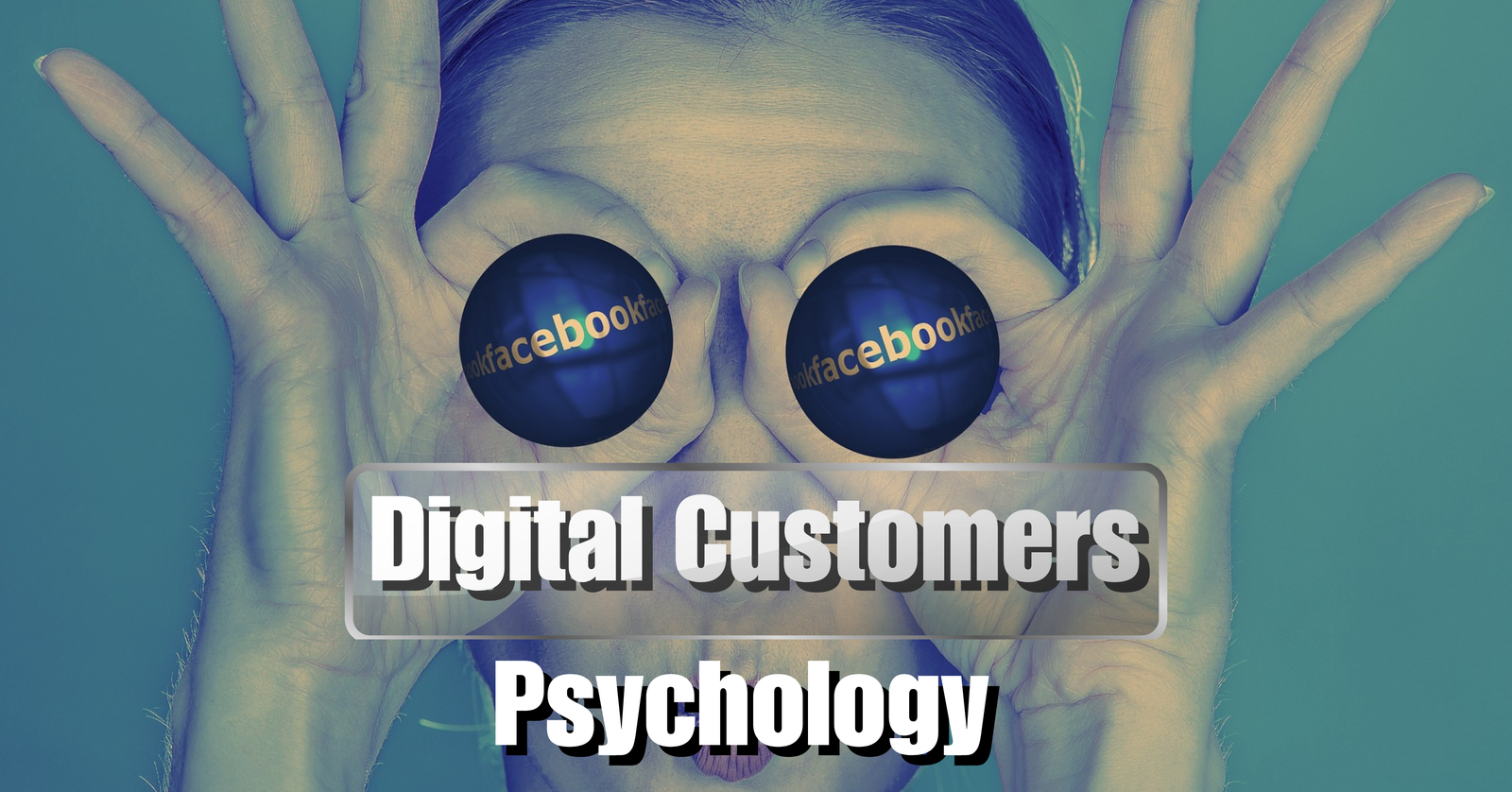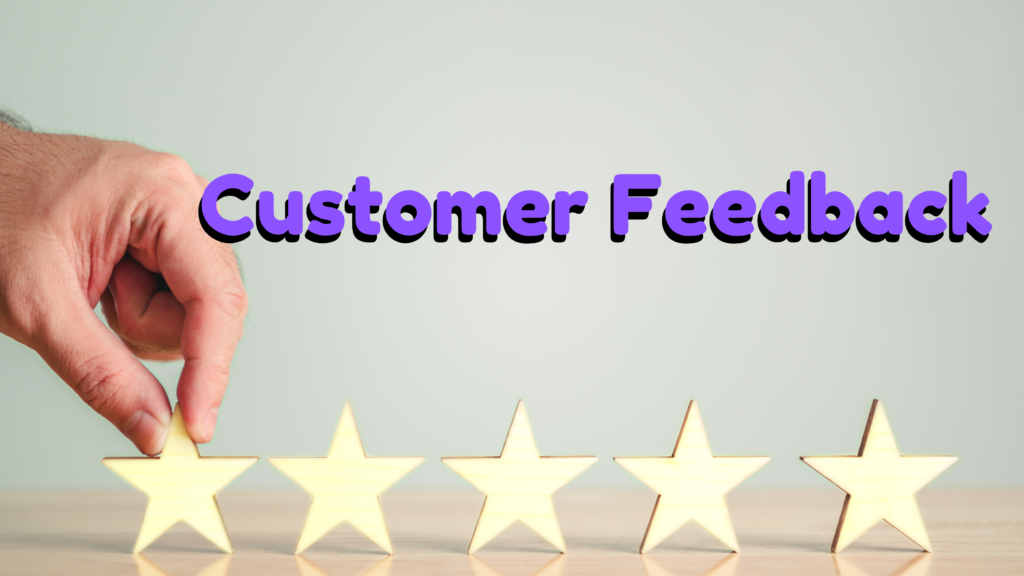
Table of Contents
ToggleMaster the Psychology of Selling: Proven Facebook Strategies to Boost Engagement and Conversions
Imagine you walk into a store as a customer looking to buy something. What do you expect? You want the salesperson to greet you warmly, ask what you’re looking for, help you choose the product, and openly discuss the pros and cons of the product you like—basically giving you top priority as a customer, right?
But do you think such personalized interaction is possible on a virtual or digital platform? The answer is yes. Now, you might be wondering—How is that even possible? After all, people don’t go to Facebook to make physical purchases, right?
Well, this blog article is just for you!
Cognitive Ease
Cognitive Ease means the ease with which people process information. Everyone interprets things based on their acquired knowledge. That’s why people’s thoughts, mentalities, and behaviors vary. However, one thing remains constant: everyone values simplicity. Just like in a physical store, where you expect ease and respect, the same applies online. On Facebook, the first step toward capturing someone’s attention is using a related image or thumbnail for the topic you want to highlight. The image should be clean and instantly convey your message. This is the digital equivalent of welcoming customers to your online store.
If the content also includes something humorous or emotional that aligns with the core message, it becomes even more effective. Adding a small, relevant title to the image further boosts engagement.
Take a look at the image below and comment on what message you get from it.

I can use both of these images for my Valentine’s product sale campaign, but they evoke two different emotions. Both images convey feelings of love, but the first one expresses it in a subtle way, while the second one conveys it more directly. So, which image should you choose for your Valentine’s sale campaign? The answer is simple—go with the one that instantly sparks Valentine’s feelings in your audience with minimal effort and thought. This is the essence of Cognitive Ease.”
After the image comes the actual text you want to deliver to your target audience, known technically as copy. This text must be written in a natural, easy-to-understand way that resonates with your audience’s language and geographic context.
People are naturally more engaged with content that’s easy to grasp. Since most people mindlessly scroll through Facebook, complex ads or information won’t catch their attention. Keep your content simple, clear, and visually appealing to make them pause and focus on your post.
Social Proof
When you enter a physical store and see someone buying a product, you’re unfamiliar with those product, you’ll naturally feel curious to take a peek and find out what it is. If you notice more customers purchasing the same product, your interest will grow further. In the digital shopping world, customer reviews play the same role. When you see a product with many reviews, it signals that lots of people are buying it and leaving positive feedback, making you feel secure in your purchase decision. This psychological behavior can significantly boost sales.
💡 Tip: Encourage satisfied customers to leave comments on your posts. Use user-generated content (UGC) to show that others are enjoying your products.

Scarcity Effect
When a product is scarce, consumers want to buy it aggressively, even at a higher price. If your product appears to be in short supply and highly demanding after, it can spark competition among customers. we called this word FOMO (Fear of Missing Out)—the fear of missing an opportunity. This technique works exceptionally well on Facebook.
💡 Tip: Use phrases in your posts like “Only a few left!” or “Offer valid for 24 hours only!” to create urgency and encourage customers to make quick decisions.

Emotional Resonance
Imagine you walk into a store to buy an ornament for your wife. As you look at each piece, you mentally picture how it would look on her. The moment you find one that matches your imagination perfectly, and you think, This is the one! It’s perfect for her or for her birthday gift, no obstacle can stop you from buying it, right? This is a classic example of customer psychology.
Most purchases are guided by emotions, not logic. People prefer to buy things that make them feel good or joy, or nostalgia, or excitement. Your product promotion should tap into these emotions to connect with your audience.
💡 Tip: If you’re selling home decor, don’t just post product photos. Share images that help customers visualize the comfort and ambiance these products will create in their homes.

Anchoring Bias
When shopping, people tend to rely heavily on the first piece of information they encounter, using it as a reference point for future decisions. If your product’s initial offer is appealing, customers are more likely to feel interested and continue scrolling through your post. For example, “50% off” grabs their attention much more effectively than “$5 off.”
💡 Tip: Always present your best offer upfront. If there’s a discount, mention it at the very beginning of your post to leverage positive anchoring and encourage quick decision-making.

Final Thoughts
Facebook business page maintain isn’t just about posting product pictures aimlessly. It’s about understanding the mental demand of your customers, presenting products that resonate with their purchasing emotions, and matching their needs with what you’re offering. Each piece of content should align with this goal. By using these psychological techniques effectively, you’ll find it easier to promote products, increase engagement, and boost conversions.
Good luck! 🎯




